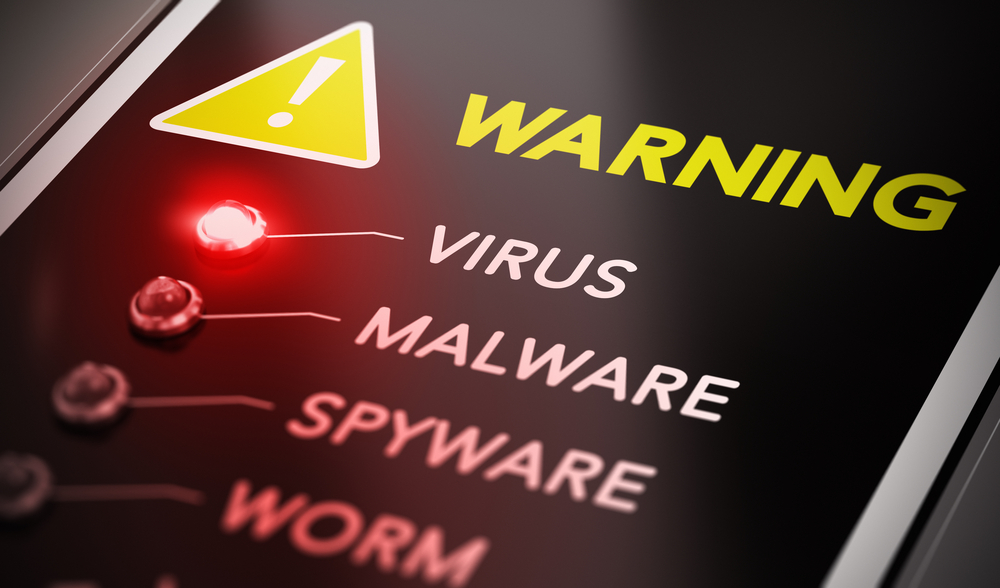Virus, malware, trojans–TV shows like Mr. Robot have shown the general population what these dangerous pieces of software can cause. Here are the top four most threatening types of viruses one can encounter.
For years, they have infected all kinds of systems, to the point that many are still remembered with fear. Unfortunately, the Internet is a dangerous place, and computer viruses are something we will always have to deal with.
Computer viruses have the objective of infecting files and programs installed on our machines by hosting themselves in our operating systems. They are called viruses because their modus operandi share similarities with their biological counterparts; both try to insert themselves into an environment–machines or human bodies–and infect a section. From that point on, they wreak havoc. The idea is that every ‘corrupt’ machine becomes a new source of infection.
Malware, a more broad term to describe computer viruses, are capable of causing destructive effects, even irreparable ones, in any computing system. These types of programs execute themselves when users inadvertently run an infected file or software. A virus is a term used to describe a form of malware that is designed to host itself on a computer’s volatile memory (the RAM). In this way, the virus can take control of a particular process in the machine (a web browser for example), and remain active even if its target is closed.
Several of the most popular malware to ever be released include Blaster, (which targeted Windows XP machines and included a message to Bill Gates encouraging him to ‘fix’ Windows), Bagle, Netsky, Conficker, Melissa, ILoveYou (which managed to infect several computers at the Pentagon), and Morris (which reached NASA offices).
These are just a few examples of the many programs that have caused headaches and despair over the last 20 years. There are four main categories of malware. Let’s take a look.
Logic Bombs
Although their popularity has declined, logic bombs can still pose a threat. They are designed to execute themselves at a specific time or after a specific action was performed at the victim’s end. A recent example of a logic bomb is Shamoon. This malware was created several years ago, but it has recently resurfaced to attack thousand of computers in six important Saudi organizations.
Worms
These are self-replicating menaces that go from computer to computer through emails, photos, files, and networks. Recent threats include Conficker, a sophisticated malware that used several techniques to build a botnet (zombie computers) on millions of devices.
Trojans
This is a type of malware that comes embedded inside a legitimate software. Trojans seek to create backdoors in a computer to allow further infections or to send sensitive data back to the attacker. Computers aren’t the only ones at risk; a trojan named Tordow has been infecting Android devices by disguising itself as a rooting app. This malware enables the attacker to use all the phone’s main functions and to steal data.
Macro Virus
These are similar to a script, but are associated with a specific program like documents or spreadsheets. Macro viruses are often used as a way to infect a machine with other established or more dangerous malware. Microsoft Office’s macro language is one of the most targeted, due to their huge market cap.
If you liked this article, follow us on Twitter @themerklenews and make sure to subscribe to our newsletter to receive the latest bitcoin, cryptocurrency, and technology news.

